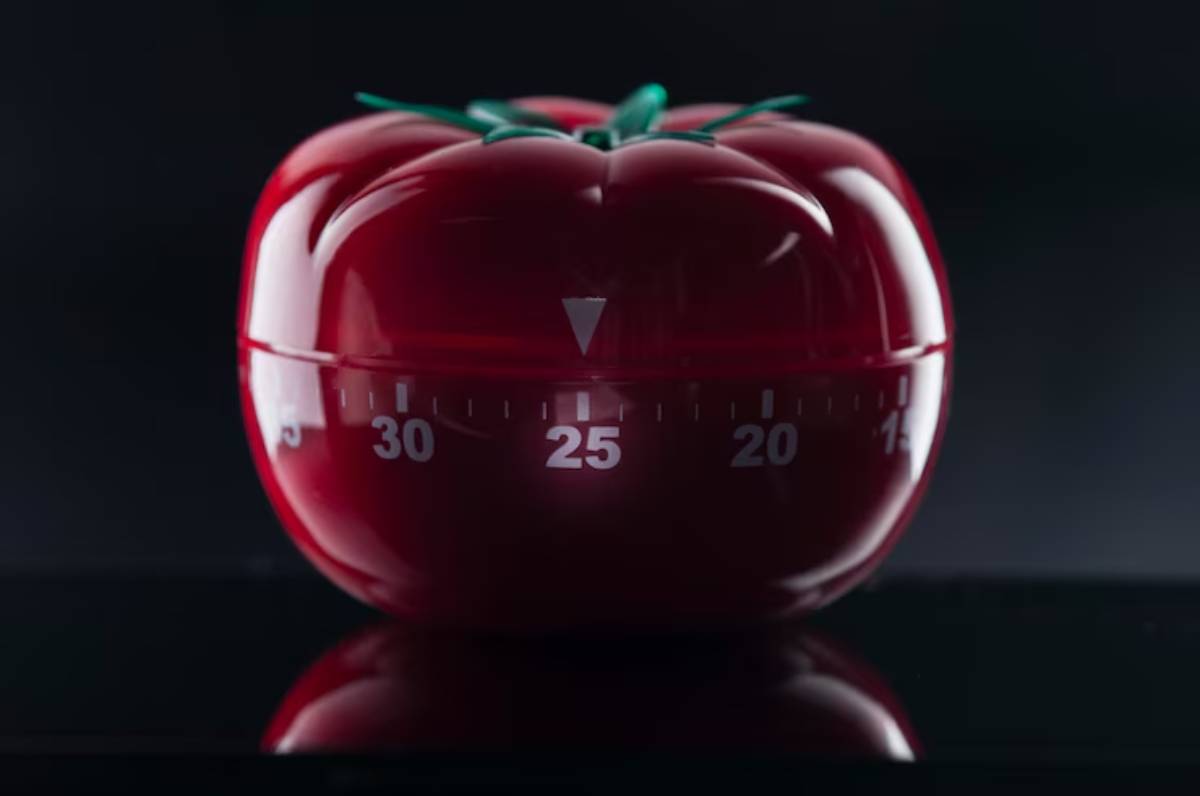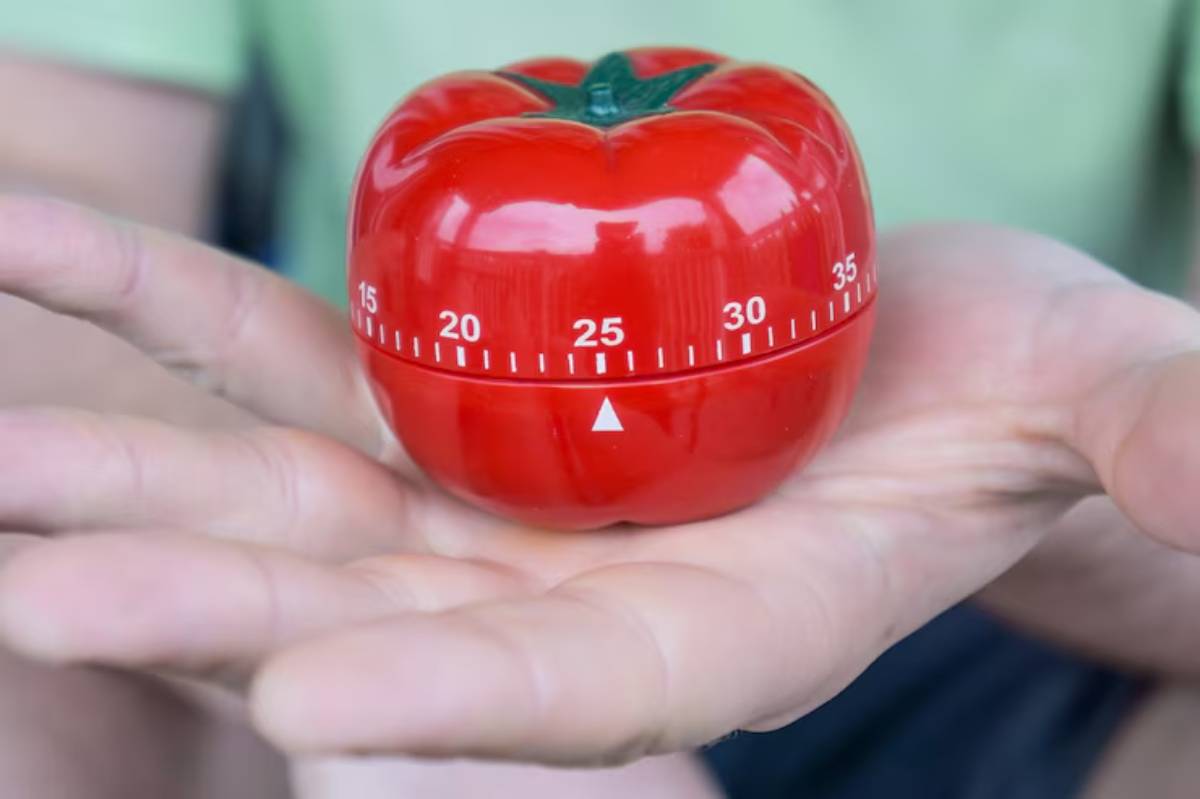
The Pomodoro Technique: Why It Works for Students
For students juggling schoolwork and personal life, managing time is always tough. Staying focused for long periods is tough. This is true whether you’re reading for an exam, writing an essay, or solving problem sets. Distractions are everywhere, making it even harder.
Try the Pomodoro Technique. It’s a simple method that splits study time into focused bursts, called “Pomodoros.” You take short breaks in between each burst. This method isn’t just a productivity fad. It’s a proven method that can greatly boost focus, drive, and memory over time.
Let’s explore how this focused study technique works and why it’s particularly effective for students.
Why the Pomodoro Technique Matters for Students

Students often have trouble concentrating. It’s not that they’re lazy or unmotivated. They just lack a clear way to manage their mental energy. The brain works best in short bursts of focused activity followed by brief rest periods. The Pomodoro Technique capitalizes on this concept.
Francesco Cirillo created the Pomodoro Technique in the late 1980s. It uses a simple kitchen timer that looks like a tomato, which is why it’s called “Pomodoro.” You work for 25 minutes and then take a 5-minute break. After four sessions, a longer 15–30 minute break is taken.
This approach is particularly effective for students because:
- It minimises burnout
- It encourages a sense of urgency and focus
- It reduces the mental resistance to starting a task
- It builds momentum and enhances motivation
Key Benefits of the Pomodoro Technique
1. Builds Discipline and Reduces Procrastination
A 25-minute commitment feels manageable, even when motivation is low. By simply agreeing to focus for a short time, students can sidestep the mental block that often leads to procrastination. Once momentum is built, it’s easier to keep going.
2. Promotes Deep Focus

Distractions are the enemy of effective study. The Pomodoro Technique sets specific times for total focus. During these times, students turn off notifications and avoid multitasking. This structure supports what’s known as deep work, which is critical for complex learning and memory consolidation.
3. Improves Time Awareness
Many students struggle with time blindness—underestimating or overestimating how long tasks take. The Pomodoro method breaks study time into clear chunks. This helps students see how much they get done and plan their time better.
4. Encourages Active Breaks
Short breaks aren’t just a pause—they’re a productivity tool. By stepping away from the desk every 25 minutes, students prevent mental fatigue and return to their work with renewed clarity. Stretching, walking, or even a quick snack can make the next session more productive.
5. Supports Long-Term Learning
Cognitive psychology research shows that spaced learning works better than cramming. This method involves studying in intervals over time. The Pomodoro structure naturally aligns with this principle, improving retention and understanding.
Additional Expert Tips & Common Mistakes to Avoid
Tips for First-Time Users
- Use a dedicated study timer app. Tools like Focus Booster, Pomofocus, or Forest can help you stick to the Pomodoro rhythm.
- Start with three or four Pomodoros. Don’t push for marathon sessions right away. Gradually increase as you build focus and stamina.
- Combine with task lists. Before each Pomodoro, jot down a mini goal. Whether it’s reading 10 pages or solving 5 equations, knowing your target keeps you on track.
Common Mistakes to Avoid

- Skipping breaks. It’s tempting to power through, especially when you’re on a roll. But breaks are essential for mental recovery.
- Using breaks for scrolling. Passive screen time doesn’t refresh the brain. Choose active, offline activities instead.
- Not adjusting the intervals. While 25/5 is a great start, it’s okay to modify intervals based on the task. Creative work may need longer focus sessions; intense problem-solving may need shorter ones.
Advanced Insights and Expert Recommendations
Customise Based on Your Energy Levels
Not all Pomodoros are created equal. Peak concentration times vary from person to person. Some students focus better in the morning, while others do their best work at night. Track your energy levels and schedule Pomodoros during your optimal hours for maximum effect.
Use the Technique for All Types of Learning
Pomodoros aren’t just for reading or writing. They can be adapted for different kinds of academic tasks:
- Active recall sessions: 25 minutes of flashcards or self-quizzing
- Language practice: Speaking, listening, or grammar drills
- Group study: Use shared Pomodoros to stay on task collaboratively
Combine Pomodoro with Other Learning Strategies
The Pomodoro Technique, when paired with retrieval practice, mind mapping, or the Feynman Technique, helps improve understanding and memory. For example, use a Pomodoro session to explain a complex concept in your own words (a key principle in the Feynman approach).
Create a Distraction-Free Environment
A good study timer is only as effective as the space it’s used in. Eliminate visual clutter, close irrelevant tabs, and keep your phone on silent or in another room. The goal is to make your Pomodoro session a zone of undivided attention.
Study Smarter, Not Longer
The Pomodoro Technique is more than just a productivity trend—it’s a proven method that helps students take control of their time and focus. With regular use, it transforms long study hours into structured, high-quality learning sessions.
Start small and stay consistent. Make smart adjustments based on your needs. This way, you’ll get more done in less time. You’ll also understand the material better, remember it longer, and feel less overwhelmed.
In a world where distraction is the norm, the Pomodoro Technique offers a simple, powerful way to stay focused, one timer at a time.


